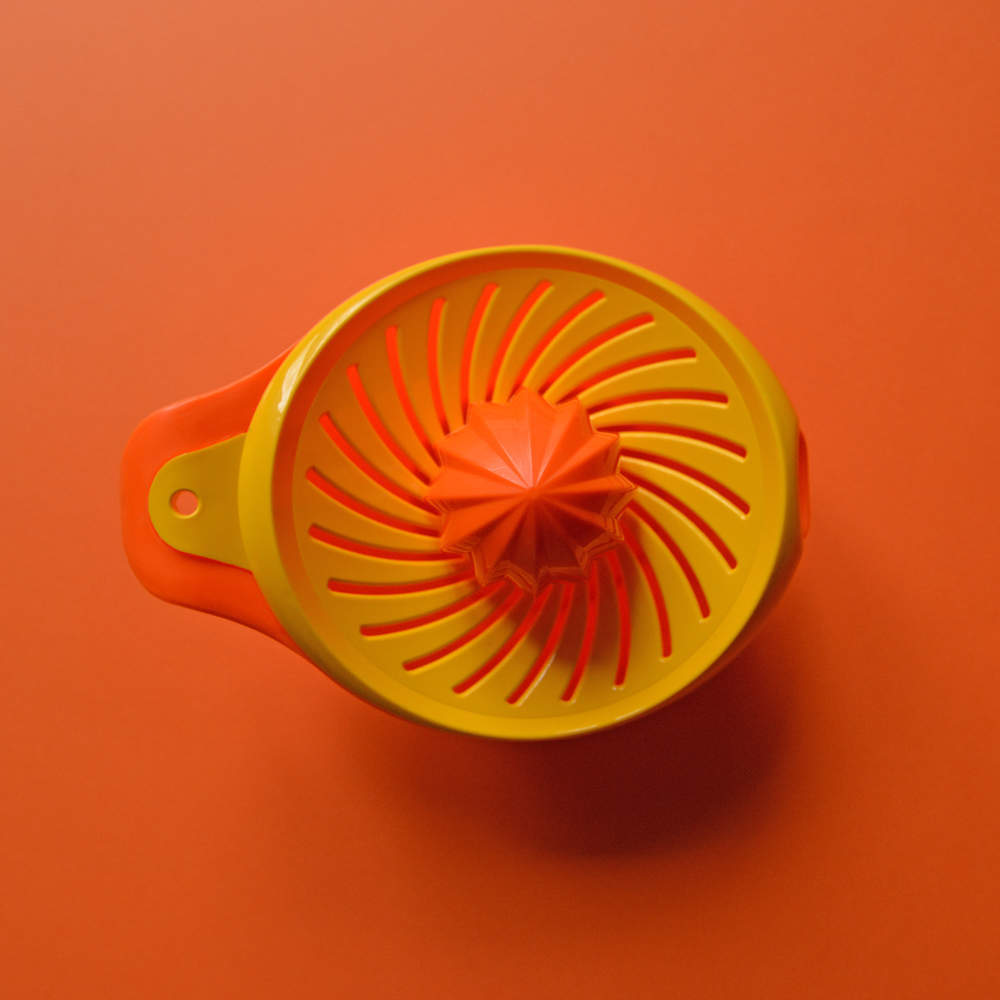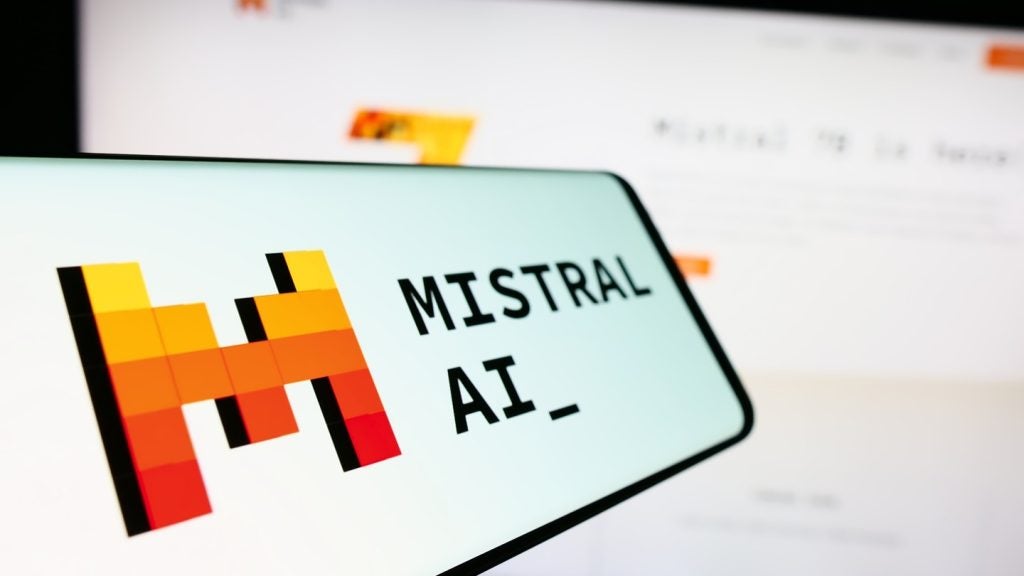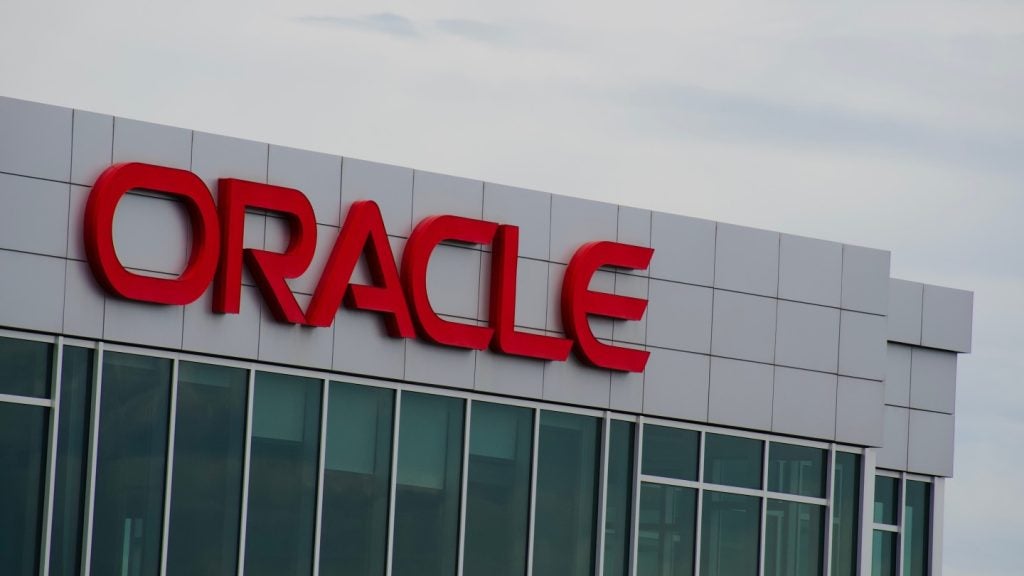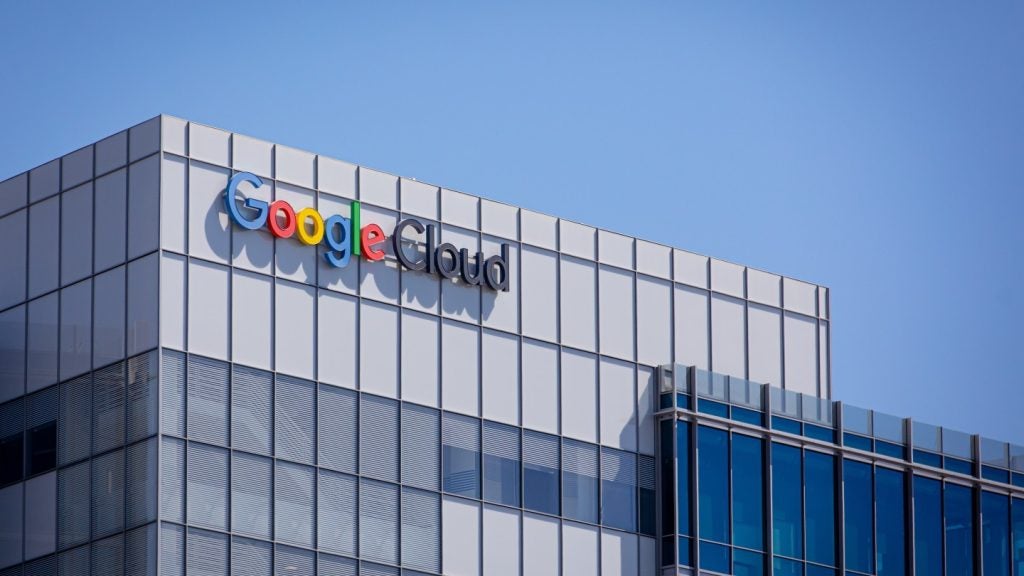There is such a thing as too much technology as the makers of the Juicero Press juicer have just found out.
When launched in early 2016 as the world’s first counter top cold-press so-called connected juicer, Juicero was hailed by some as the Keurig of juicers.
Just a year and a half later, Juicero will likely be remembered as a case study in technology run amok in the food and drink space.
The idea behind Juicero was to create a counter top juicer that could transform an IV-like pouch — a produce pack — of raw fruit and vegetables into tasty, healthful, eight fluid-ounce glass of juice with the press of a button.
Juicero tapped two then hot trends – subscription retail and cold-pressed juice. What could go wrong?
Well, a lot it turns out…
The fruit and vegetable ingredients for Juicero were finely chopped (by hand into specific shapes to make them press-ready) and packaged in a juicer-ready pouch.
How well do you really know your competitors?
Access the most comprehensive Company Profiles on the market, powered by GlobalData. Save hours of research. Gain competitive edge.

Thank you!
Your download email will arrive shortly
Not ready to buy yet? Download a free sample
We are confident about the unique quality of our Company Profiles. However, we want you to make the most beneficial decision for your business, so we offer a free sample that you can download by submitting the below form
By GlobalDataSince the ingredients were live, raw, and highly perishable (with a shelf life of just five to seven days), food safety and freshness were key concerns.
To ensure safety, each Juicero pack was equipped with a QR code readable by the juicer’s built-in camera.
The unit would check the pouch code against a database of product codes (hence the need for a wifi connection), only proceeding if the ingredients passed the freshness test.
Subscription retail helped ensure a steady supply of fresh ingredients without relying on supermarket distribution.
According to Juicero chief executive Jeff Dunn, people were generally purchasing five to 10 packs a week through the machine’s special smartphone app.
The machine itself was a technological marvel.
Created by engineers, food scientists, and industrial designers commissioned by Juicero founder Doug Evans, the Juicero Press produced 8,000 pounds per square inch (psi) of pressure.
This is the equivalent of taking an industrial-sized press and shrinking it down to a tabletop unit.
The sales pitch worked for the venture capital community which invested nearly $120m to fund the venture.
Beyond there, household food company names like Campbell Soup were on board, seeing a future in the Juicero even if consumers did not.
Asking the consumer to cough up $699 for a Juicero unit quickly proved to be problematic.
Recognising the issue, Juicero lowered the price to $399 in January 2017, 18 months ahead of schedule, according to a company press release.
A $200 press was rumoured to be in development. Even so, Juicero still ran on pricey produce packs selling for $5 to $8 a unit.
The need for the juicer itself was questioned in a devastating Bloomberg report from April 2017 which revealed that consumers could squeeze the produce packs by hand to make juice faster (and nearly as effectively) as the pricey Juicero Press could.
This quick and cheap hack was not revealed to investors or employees prior to the Bloomberg piece.
On 1 September Juicero announced that it was immediately suspending the sale of the Juicero Press and produce packs.
Juicero said:
It became clear that creating an effective manufacturing and distribution system for a nationwide customer base requires infrastructure that we cannot achieve on our own as a standalone business.
What should we take away from this sorry tale?
Several lessons stand out from the Juicero experience which may prove to be useful for future innovators.
Lesson 1
Make sure that technology serves a real purpose.
Equipping the Juicero Press with a camera to read the QR code on each package in order to trigger an internet search to check the produce pack’s expiration date was impressive technology; it was also completely unnecessary.
Each pack also had a printed expiration date, making the camera technology and need for the wifi connection superfluous.
Lesson 2
Do not be overly impressed by your own press clippings.
Doug Evans, the founder of Juicero, once bragged that the Juicero Press generated enough force to “lift two Tesla cars”.
It may be true that the machine generated 8,000 psi, but the relevance of this detail mattered more to the principals of Juicero than actual consumers.
Lesson 3
Focus on benefits that consumers actually care about.
The Produce Pouch system for the Juicero Press keeps working parts of the press away from sticky fruit and vegetable ingredients. This meant that the Juicero Press never needs to be cleaned.
Juicero did little to leverage this key benefit despite cleaning issues related to limescale and mold that have emerged with similar beverage machines like single-cup coffee makers.
Lesson 4
Do not overestimate interest in technology.
It has become fashionable to try to find new ways to add technology to consumer products outside of the technology space.
But research indicates that consumer buy-in may be lacking: 56 percent of people in the US say that how digitally advanced or “smart” a non-alcoholic beverage product is would rarely or never influence their product choice, according to a recent GlobalData survey.
Lesson 5
Understand key barriers to success.
Juicero may have incorrectly viewed its main barrier to success as packaged cold-pressed juices, failing to recognise the more crucial challenge of securing counter space in the crowded kitchen.
Early investors in Juicero reportedly found that the machine originally proposed by the startup was much smaller than the actual Juicero Press machine ended up being.
Lesson 6
Make sure your concept is scalable.
Juicero was severely limited by the short shelf life of its raw, live fruits and vegetables which made it impossible to quickly build distribution.
Until as recently as April 2017, Juicero was only available in three US states because its produce packs could not be shipped long distances due to shelf life issues.
Lesson 7
Complexity vs. simplicity = simplicity wins.
Doug Evans, the founder of Juicero, bragged that his machine had “400 custom parts” including a scanner, microprocessor, wireless chip, and wireless antenna.
Customisation drives up cost, which limits demand, creating a negative feedback loop that can be impossible to escape from.
Juicero never did.








Related Company Profiles
Campbell Soup Co